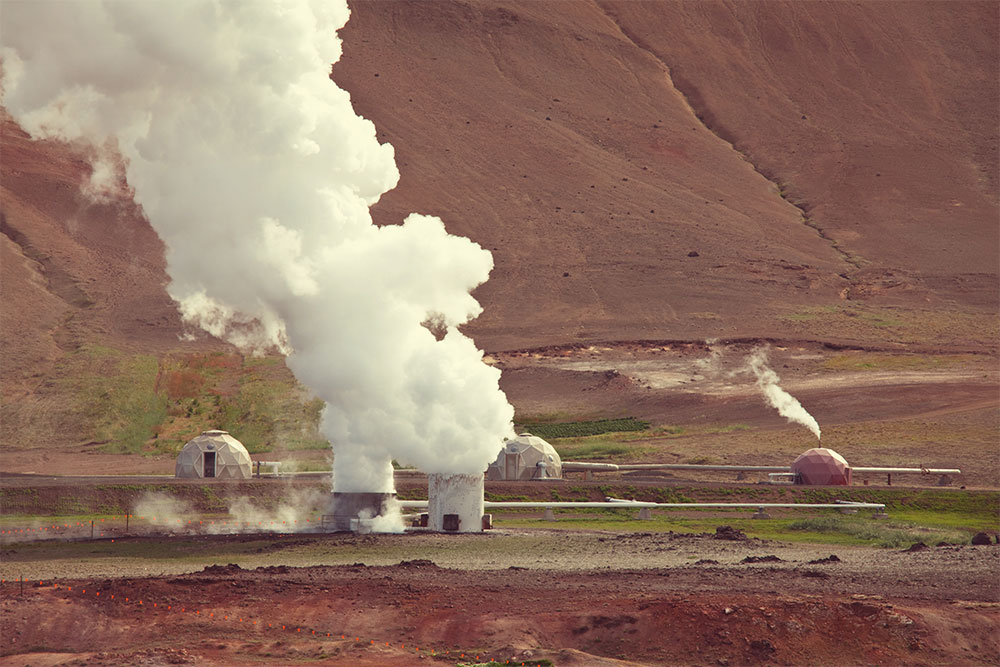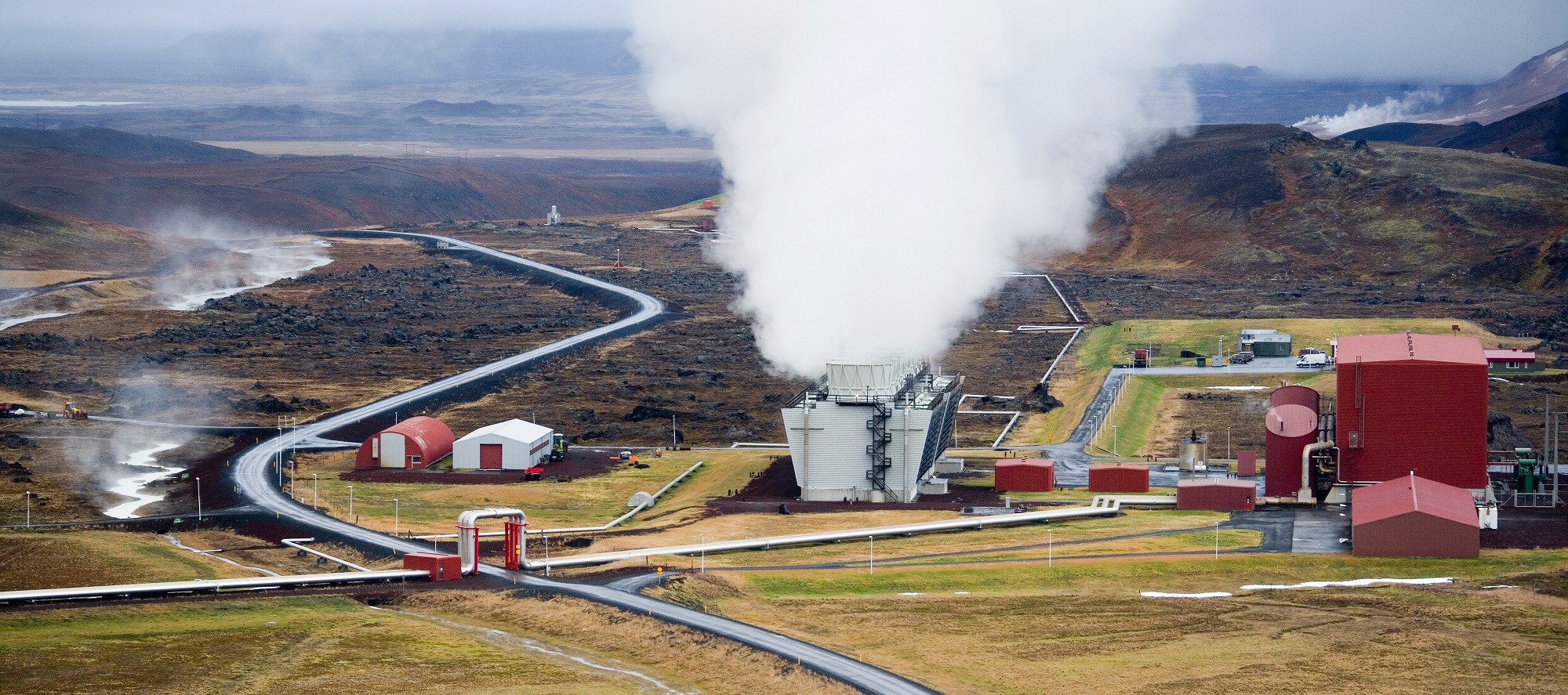
Geothermal energy is what we are gifted as one more important resource by mother earth. Therefore, it’s a simple and sustainable alternate source of energy. Due to over-development across the globe and the ever-increasing population owing to the enlargement of economies, the energy demand is snowballing. The world’s energy use is expected to manifold to about 53% by 2035 where almost half of the development is going to happen in India and China.
Geothermal energy is generated by the radioactive decay of materials found in the earth’s interior crust. There are many viable methods to harness this energy resource at the surface or near-surface indicators. As these indicators are only restricted to certain parts of the world, thus this energy is one of the most nascent renewable resources available for us to explore. Know more about advantages and disadvantages of Geothermal energy.
The first geothermal plant of the world for electric usage became operational in the year 1960, but India has been using hot springs since ancient times. Energy poses loads of opportunities to create a greener environment, many countries have started investing heavily in harnessing geothermal energy than ever before.
Geothermal energy is available at its cleanest stage across the year. The power generated from the geothermal plant averages at 90% or more when compared to energy produced by coal plants. There are no harmful radiations during harnessing the energy, making it the favorite among the investors.
ONGC and the Union Territory of Ladakh have formalized to pioneer India’s maiden geothermal field development project here. This project is definitely going to put India on the geothermal power map of the world.
“Geothermal resource development can revolutionize farming in Ladakh, which is now totally dependent for supply of fresh vegetables, fruits from outside the UT round the year. Further, direct heat energy applications make it most relevant to Ladakh,” the statement said.
Geothermal resources in India have been mapped by GSI and broad estimate suggests that there could be 10 gigawatt (GW) geothermal power potential, as per the Ministry of New and Renewable Energy (MNRE).
ONGC is looking ahead to be the leader in the Indian petroleum sector is on its mission to enhance India’s energy availability and create an abundance of natural resources in the country.

Geothermal Power Station
India to be energy independent by 2047 – PM Modi announces National Hydrogen mission
Currently, the geothermal power capacity worldwide is approx. 12.8 GW and is rising every year. It is expected to cross 20GW in a couple of years as the majority of geothermal resources is being used mainly for the production of electricity.
As this is a constant source of energy, the power produced is consistent like power generated from coal or nuclear energy. This distinguishing feature makes the power from geothermal energy a higher capacity production source over solar or wind energy. Presently, almost 24 countries only are using geothermal energy to its fullest capacity.
One of the most simple, primitive, and decent types of harness Geothermal energy is the Direct Steam Power Plant. Here, the steam from the geothermal system is used to rotate the turbine. This system can only be used where the geothermal reservoir is generating a measurable amount of steam. This process is totally carbon-free as the only emission happening here is the excess steam water.
A man-made reservoir or Enhanced Geothermal System (EGS) is created only where there is hot rock but there is little or insufficient natural permeability found.
Several factors need to work to create a feasible place for harnessing geothermal energy. The geological heat source needs to be relatively close to the earth’s surface or at an approachable depth. Share your thoughts with us.
[…] Also Read: Geothermal Energy Scope in India […]